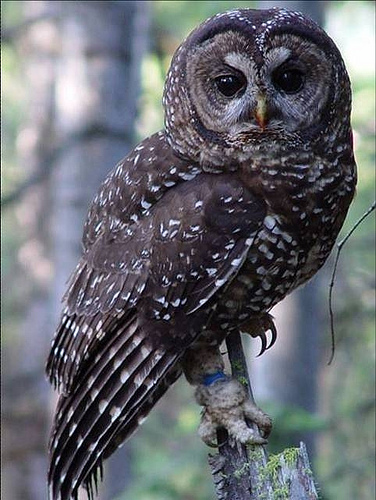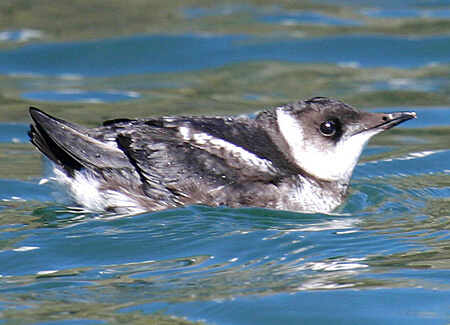
Waking up to the little chirps and songs of birds is one of the most comforting things. Each type of bird has its unique song and somehow they all just fit. During this time of quarantine, we have been staying in our cabin in the Methow Valley. It has been a time full of boredom, confusement, anxiety, the want to go see my friends, but of course, everyone is experiencing this. Instead of staring blankly at Instagram, I am deciding to post on here. I will try to update as much as possible to cure my boredom and hopefully some of yours.
Today's blog will be about my backyard birds. A backyard bird is exactly what it sounds like, a bird in your backyard. We have set up 4 bird feeders around our property. There have been many visitors including tons of Stellar jays and Dark-eyed juncos, woodpeckers, nuthatches, a Spotted Towhee, and many more. As we go on hikes we also see grouse, ravens, eagles, hawks, and Wild turkeys. The birds that stood out to me the past two weeks have been a Williamson sapsucker, white-headed woodpecker, Northern goshawk, and the Dusky Grouse. The Williamson Sapsucker was a new bird for me, it has a little yellow belly and is adorable. The White-headed woodpecker is a little woodpecker with obviously, a white-head. We used to have a white-headed woodpecker nest in the sign leading up to our neighborhood. Sadly, someone ran into that sign and they lost their home:(. The Northern Goshawk I didn't think much about. I was outside and getting ready for school, it was so early I thought I just saw a gigantic seagull perched in a tree. Later my stepdad said it was a Northern Goshawk which is also a new bird for me. I definitely feel a little stupid but hey, it was early and I hadn't gotten my Chai tea latte yet. Lastly, the grouse, I have always loved grouse for some reason. When I was little I was obsessed with them. The male grouse's display is just so cool!
 |
| A close up of a Dark-eyed Junco |
We have a little hot tub and I have been sitting in it watching all the birds. They all are like their own little community. They usually get along but an occasional argument comes up typically it's over food. I really could watch the birds for hours, the ways they communicate with each other are so cute and fun to watch. Once a raven flew over and all the birds warned each other. A couple of them started mobbing the raven too. I really encourage everyone to put up feeders. Watching the birds is a great way to spend your time locked up at home.
 |
| The occasional argument between two Juncos |
 |
| A Red-breasted nuthatch |
 |
| Northern goshawk |
 |
| Williamson sapsucker, isn't the yellow belly so pretty! |




























